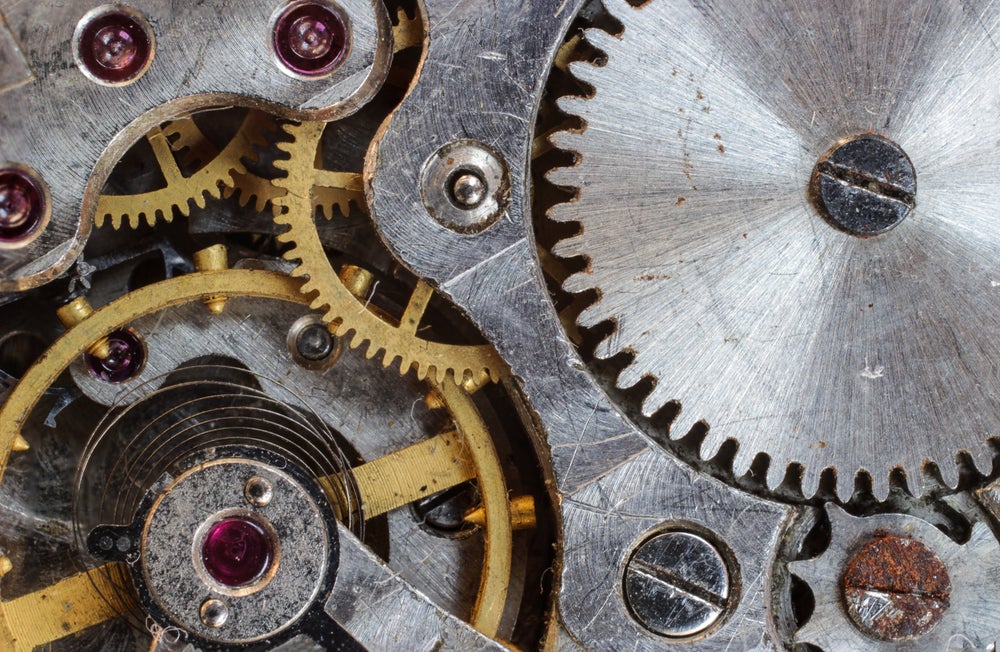Resources for Roasters, News
Monday, April 11, 2022
Man Vs. Machine: Predicting the Market
Predicting market movements is no easy task, but our trading team is up for the challenge. We spoke with Dave Behrends, Head of Trading, and Ilya Byzov, Quantitative Trader, to learn more about the analyses that go into predicting changes in the commodities market.

Balancing Predictors
There are four metrics that analysts follow to predict the market. We discussed these in Ilya’s article, An Insider’s Guide to the Market last year. Today, we’re exploring the relationship between these market indicators and the human aspect: how people interpret the data to predict what will happen.
Understanding the market requires a balance between the quantitative (numbers and market indices) and the qualitative (human behaviors and interpretation), or rather, as Dave says, “between humans and machines.” The “machines” that the team builds are models that use historical data about the way the market reacted to past events to run scenarios that predict what the market may do in the future. Then, once those models have assessed the possible outcomes, the team reviews the results and determines which scenario is the most likely given the current situation. How much the team heeds the models depends on the exact situation.
Humans and machines have different strengths in predicting the market, Ilya and Dave say. “The human tends to be better during periods of irrationality where markets may not make sense to a machine because they’re not being driven by past examples. Take lockdowns in coronavirus as an example. “The machine may not know that the first lockdown would lead to lower demand, but once the machine digests what the impact of one or two lockdowns is, it will be able to guess the impact of a future lockdown,” Dave says. “The human may be able to identify that there’s something really wrong or really different that’s causing the market to move.”
The machine is strongest when there are many factors and moving pieces with historical precedent that are too complicated for a trader to wrap their head around. “That’s where the models can excel. We have a lot of complicated things going on. Soft closures due to COVID. Political risk from Russia. Oil prices are high. All those factors can be hard for a human to analyze. A calibrated machine can give you an immediate answer,” Ilya says.
Timing It Right
In addition to these metrics, time is also a factor. “Sometimes the worst thing to know is too much,” Dave says, explaining that, sometimes, having too much insight into market factors can lead the team to move faster than other market participants. Since the market is impacted by people reacting to trends, if you predict the market too well, you may end up moving before most people react to trends you saw 2 weeks prior.
The Future of the Machine
At Sucafina, we started our journey focused on machines that could improve our predictive capabilities in markets. Today, we see a natural progression of machines coming into the physical sphere and connecting farmers to roasters. “The question of ‘man vs. machine’ is not only relevant for the futures space but will also expand to quality control and other new arenas,” Dave predicts. “Price optimization for blends, roast profiles, helping blends taste the same even with different coffees especially if they can’t source a specific origin this year. These are all things we can build machines around and people are building them.”
If you’re interested in the future of machine learning, get in touch with Ilya and Dave.